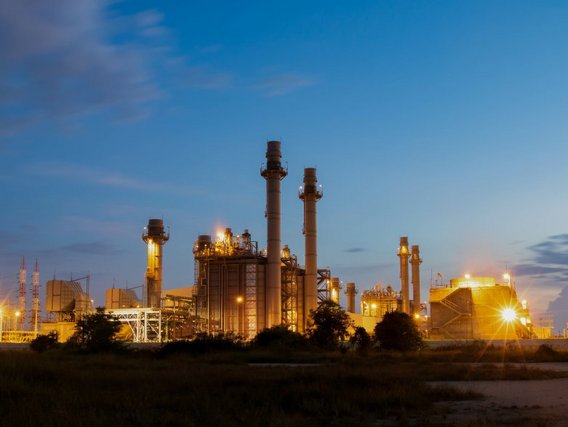
Hydrogen as an energy carrier
Hydrogen is considered a central pillar of the energy transition and an important driver of decarbonisation. The energy carrier, ideally in its green form, has the potential for a further revolution in the energy sector. Hydrogen will play an important role in the energy mix, bridging the gap between generation, storage and distribution through to seamless supply and driving forward the necessary sector coupling. So whether as a storage medium for energy, or in the supply of electricity and heat, or as a fuel for clean mobility - hydrogen has great potential as an energy carrier. In the field of reconversion to electricity, hydrogen is also a "no-regret" application. This means that the use of H2 makes economic, ecological and social sense in many applications, with or without the consequences of climate change. The economic aspect in particular has recently become increasingly important due to the rising costs of fossil fuels.